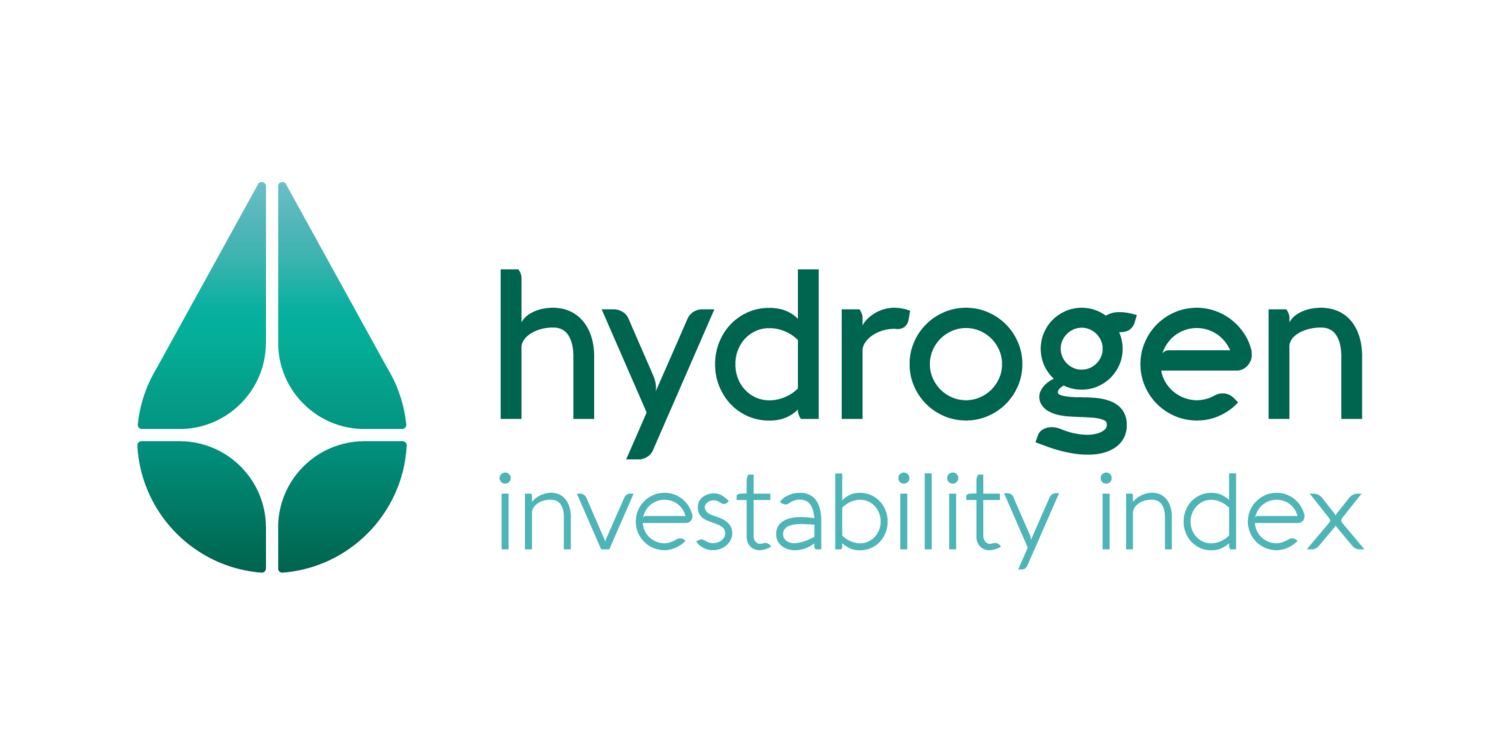Local demand
Assesses the potential for local demand for clean hydrogen that may incentivize production in the country. This is particularly relevant in the early days of the industry when transportation costs remain prohibitive or infrastructure undeveloped, where early projects may only be commercially or technically viable sited close to the demand.
We note that presence of these industries, without a corresponding carbon pricing regime, may not be effective at driving hydrogen activity, unless the country exports to jurisdictions with strong carbon borders. On the other hand, we note that countries like India, by far the world’s largest ammonia importer, and Chile, have publicly stated the value in localizing hydrogen feedstock production to increase self-sufficiency and reduce trade outflows.
This metric looks at the size of the most relevant sectors for clean hydrogen in each country, selected for: i) ease of conversion of downstream application to using clean hydrogen, ii) size that the sector potentially represents in hydrogen demand, and iii) where sector lies in the “merit order” of hydrogen breakeven costs i.e., how cheap clean hydrogen must be to be commercially viable in the use case.
Ammonia
Clean hydrogen directly substitutes grey hydrogen feedstock in ammonia production processes today and no downstream conversion is required. Ammonia is also the only hydrogen vector considered for cross-continental transportation that is commercially proven today. Scoring evaluates:
Ammonia production volumes in country
Ammonia import volumes
Ammonia import per dollar GDP
Oil refining
Clean hydrogen directly substitutes grey hydrogen feedstock in oil refining processes today and no downstream conversion is required. Oil refining makes up the largest share of demand for hydrogen today. Scoring evaluates:
Oil refining volumes in country
Freight / Shipping / Aviation
Hydrogen has weight advantage over electrification in long-distance, heavy duty vehicles, and mobility is a key focus of governments’ hydrogen funding today. Scoring evaluates, respectively:
Freight traffic volumes (km-tonnage)
Container port traffic (TEU volumes)
Air traffic (registered carrier departures)
Steel
Clean hydrogen is used as feedstock in the direct reduced iron (DRI) steel manufacturing process as a reducing agent. While the DRI method makes up only 7% of global steel production today, conversion to DRI is expected to rise. Scoring evaluates:
Steel production volumes in country
Power
Power and heat may be generated by conversion to hydrogen or ammonia-capable turbines, or for power only, fuel cells. Power generation is a very large sector but typically requires a very low hydrogen price to break even commercially. Scoring evaluates:
Grid emissions factor in relation to strength of the country’s net zero commitment and carbon pricing mechanism
Cement
Hydrogen can be used as both power and feedstock in the cement manufacturing process. Scoring evaluates:
Cement production volumes in country

